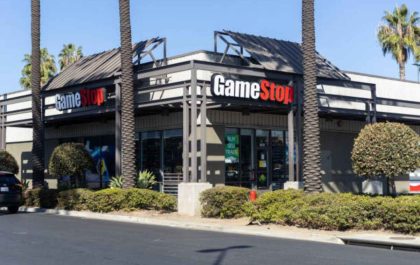Table of Contents
Introduction
You must keep track of important metrics to get the most out of your call center. These metrics help determine the overall effectiveness of a customer service team. Successful call centers use metrics to measure agent productivity, performance, and other vital activities that enhance customer experience. Besides, customer service managers use these metrics to evaluate and monitor key performance indicators. This is vital in helping a business achieve its performance goals.
Below are four call center metrics you should track to improve performance.
1. Average Handle Time
Commonly referred to as AHT, average handle time refers to the total amount of time an agent takes to interact with customers. This is one of the critical call center metrics used to measure productivity. If a manager places too much emphasis on AHT, call agents might be tempted to rush into ending phone calls before they resolve the customer’s problem. This is not good for business because customers want their issues solved efficiently without being rushed.
Therefore, when evaluating AHT as one of the call center metrics, management teams should focus on agents on both ends of the scale — those taking too long and too short to interact with customers. ATH helps agents manage time efficiently and contribute to the business’s success.
2. Quality Monitoring and Allocation of Resources
Quality monitoring is another key call center metric. It occurs when supervisors or quality assurance teams listen in on agent phone calls and evaluate their service. They give them scores in multiple areas, including adherence to procedure, policy, and problem resolution. The most reliable quality monitoring occurs when supervisors have access to the audio recording of the agent’s screen interactions.
While the results of quality mono evaluation might not correlate with customer satisfaction, they help identify areas where call agents need feedback, coaching, or additional training. This goes a long way in improving the customer experience.
There are two critical elements in quality monitoring: contact resolution and call control. Managers must evaluate these two elements to help improve customer experience.
3. Schedule Adherence
How well do call agents adhere to their schedules? Schedule adherence is a call center metric that seeks answers to this question. Management teams must ensure that call agents arrive and leave on time.
They should also ensure that call agents take their scheduled breaks to keep their minds fresh. This ensures that call agents meet critical service-level agreements and various company goals. Therefore, schedule adherence should be one of the critical call center metrics when determining efficiency.
4. Overall Customer Satisfaction
One of the key roles of call center software is improving customer experience. The service won’t be successful if the customer isn’t satisfied. All the customer satisfaction scores should focus on vital aspects of customer interactions. Some of them include agent personality and politeness, effectiveness, and courtesy. Keeping track of customer satisfaction goes a long way in improving call center effectiveness.
In today’s market, you can find contact center automation solutions that not only handle the call center and chat boxes, but also provide valuable insights based on call data. These insights can tell you what bottlenecks your business needs to resolve in order to increase customer satisfaction and retention.
Track Performance With Effective Call Center Metrics
A call center software is useless if it does not give the desired results. all metrics help you monitor the performance of a call center and know what to do to improve customer experience.
Related posts
Recent Posts
Top 10 Electronics Stores Near Me in Opelika, AL, United States
Top 10 Electronics Stores Near Me in Opelika, AL, United States – Are you looking for the best Electronics Stores Near…
The Best GameStop Stores Near Me Illinois, United States.
The Best GameStop Stores Near Me Illinois, United States. Do you want to know which GameStop Stores are near you…

![Call Center Metrics: Track To Improve Performance [2024]](https://www.computertechreviews.com/wp-content/uploads/2022/07/Call-Center-Metrics-1200x675.webp)

